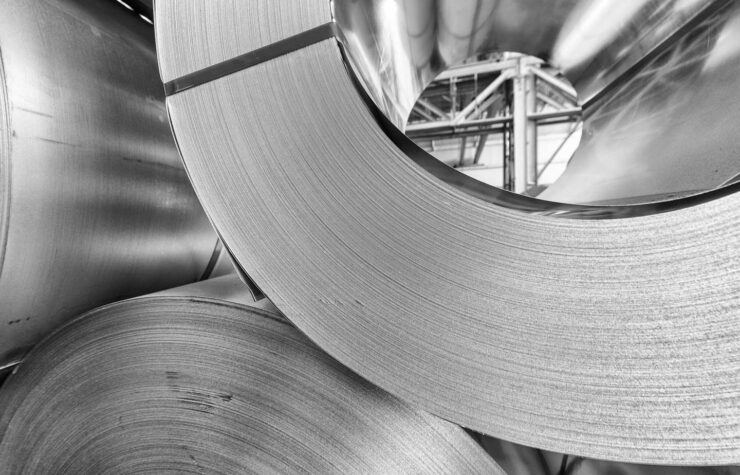Platings are the deposition of an adherent metal onto the surface of a base metal. Hot Dip Galvanizing, metal spray, vacuum, sherardizing, or mechanical plating accomplishes practically all deposition.
Hot Dip Galvanizing:
Hot Dip Galvanizing produce a coating that thoroughly covers the work, including edges, seams, and welds. Because of heavy coating buildup, galvanizing requires special processes for small or fine threads and hot-dipped galvanized bolts must be used with galvanized nuts whose threads are oversized to compensate for the thick coating.
It is widely used and inexpensive means of protecting fasteners. This process actually produces a thicker coating than electroplating and provides more projection against corrosion. The typical coating thickness is approx 0.0015 in., or about 10 times the thickness of the zinc electroplating. Hot dipping a fastener will dramatically alter the thread fit because of the thickness of the plating.
Electroplating:
Is the deposition of a metallic coating onto an object by putting a negative charge onto the object and immersing it into a solution which contains a salt of the metal to be deposited. The metallic ions of the salt carry a positive charge and are attracted to the part. when they reach it, the negatively charged part provides the electrons to reduce the positively charged ions to metallic form. Plating by electrolysis, or electroplating , is commonly because it permits the control of the thickness of the plating.
Metal Spray (Metallizing):
It refers to the various process of applying zinc,as well as other plating materials, to the fastener surface by mean of the spray or blast of molten or semi molten metallic particles.
Vacuum Plating:
A metallizing processes that is mainly used for decorative purposes, and can include several steps in addition to the actual evaporation of the thin metallic coating. Since the metallic vapor travels from heated source through a vacuum to the substrate in molecular form, a thin coating is deposited one molecular at a time. The coating therefore reproduces the exact contour or roughness of whatever it is coating.
Sherardizing:
A cementation process where zinc dust is heated to a temperature near its molten point and its brought into intimate contact with the steel surface to form an iron and zinc coating on the steel by diffusion.
Mechanical Plating:
A process where coating is applied by impacting particles of the plating material against the parts and cold-welding them to the surface.
Chromating:
Chromate films are the chemical conversion coatings. The substrate metal participates in the coating reaction, becoming a component of the coating and has a profound influence on the properties of the coating. Chromate coating improve corrosion resistance, appearance of metal, and adhesion of organic topcoats.

